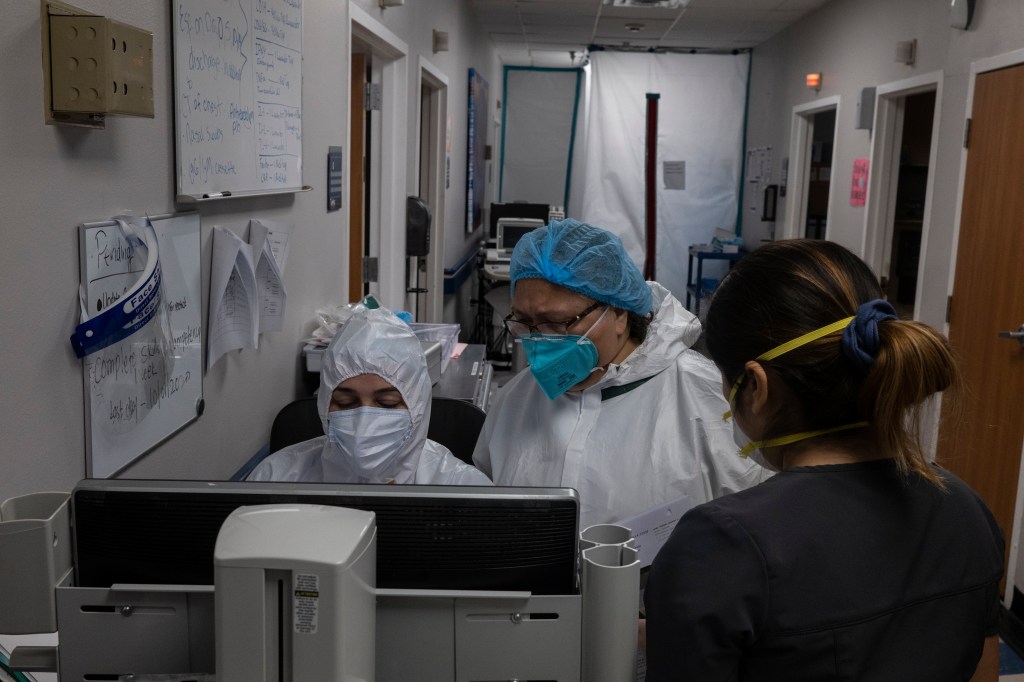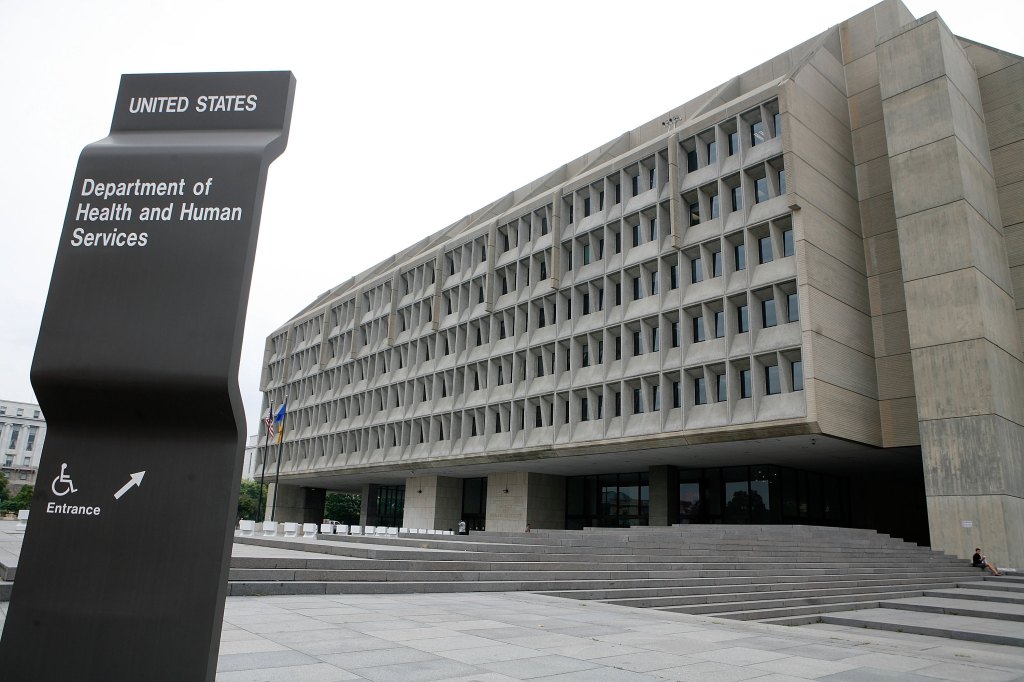The US Food and Drug Administration (FDA) has launched Elsa, a generative Artificial Intelligence (AI) tool designed to help employees – from scientific reviewers to investigators – work more efficiently. “This innovative tool modernizes agency functions and leverages AI capabilities to better serve the American people,” the FDA’s press release said.
“Following
Register for free to keep reading.
To continue reading this article and unlock full access to GRIP, register now. You’ll enjoy free access to all content until our subscription service launches in early 2026.
- Unlimited access to industry insights
- Stay on top of key rules and regulatory changes with our Rules Navigator
- Ad-free experience with no distractions
- Regular podcasts from trusted external experts
- Fresh compliance and regulatory content every day

















